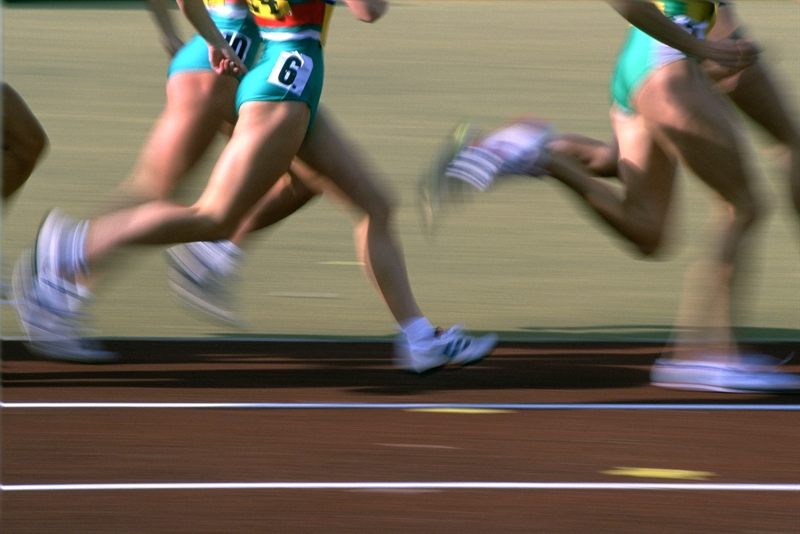Beyond the Finnish Line: exploring injury, menstrual dysfunction, and disordered eating

Paper title: Self-Reported Restrictive Eating, Eating Disorders, Menstrual Dysfunction, and Injuries in Athletes Competing at Different Levels and Sports
Publication: Nutrients. 2021. 13(9). 3275
Publication date: September 2021
INTRODUCTION
Disordered eating and menstrual dysfunction are common among female athletes competing in elite and non-elite sports. The prevalence and associated risk of injury are dependent on age, participation level, and type of sport. For example, athletes competing in sports that promote leanness are at greater risk of menstrual dysfunction and disordered eating. However, few studies have reported injury risk and association between the participation level, type of sport, disordered eating, and menstrual dysfunction. Therefore, the primary outcome of this study was to investigate the prevalence of disordered eating and menstrual dysfunction and identify the relationship between injury risk across age, type of sport, and participation level.METHODOLOGY
Researchers conducted a cross-sectional investigation through questionnaire responses from 846 Finnish female athletes. The athletes were elite and non-elite, aged 15-45, and represented 67 different sporting codes. The participants completed self-report questionnaires to assess low energy availability-related issues, disordered eating, menstrual cycle function, and injury history. The investigators also evaluated athletes’ perception of the effect on performance and communication around the menstrual cycle.RESULTS AND CLINICAL IMPLICATIONS
The study’s findings indicated that athletes within lean sports reported higher levels of restrictive eating and were at greater risk of injury. Furthermore, younger athletes aged between 15-24 years old were at greater risk of menstrual dysfunction than older athletes. In addition, athletes reporting menstrual dysfunction experienced more days off due to injury. Interestingly, there were no differences found between elite and non-elite level athletes.In conclusion, clinicians working with female athletes should raise awareness and encourage them to seek appropriate support for menstrual dysfunction and disordered eating. Additionally, the study findings highlight the need to assess athletes’ readiness to participate in sports beyond performance metrics. The inclusion and screening for low energy availability-related issues, disordered eating, and menstrual cycle function is paramount in the holistic management of female athletes. Menstrual dysfunction impacts the health and performance of female athletes. Clinicians should acknowledge and understand the role of menstrual cycle dysfunction and disordered eating to improve the management of active females at all levels of participation.
You need to be logged in to continue reading.
Please register for limited access or take a 30-day risk-free trial of Sports Injury Bulletin to experience the full benefits of a subscription. TAKE A RISK-FREE TRIAL
TAKE A RISK-FREE TRIAL
Newsletter Sign Up
Subscriber Testimonials
Dr. Alexandra Fandetti-Robin, Back & Body Chiropractic
Elspeth Cowell MSCh DpodM SRCh HCPC reg
William Hunter, Nuffield Health
Newsletter Sign Up
Coaches Testimonials
Dr. Alexandra Fandetti-Robin, Back & Body Chiropractic
Elspeth Cowell MSCh DpodM SRCh HCPC reg
William Hunter, Nuffield Health
Be at the leading edge of sports injury management
Our international team of qualified experts (see above) spend hours poring over scores of technical journals and medical papers that even the most interested professionals don't have time to read.
For 17 years, we've helped hard-working physiotherapists and sports professionals like you, overwhelmed by the vast amount of new research, bring science to their treatment. Sports Injury Bulletin is the ideal resource for practitioners too busy to cull through all the monthly journals to find meaningful and applicable studies.
*includes 3 coaching manuals
Get Inspired
All the latest techniques and approaches
Sports Injury Bulletin brings together a worldwide panel of experts – including physiotherapists, doctors, researchers and sports scientists. Together we deliver everything you need to help your clients avoid – or recover as quickly as possible from – injuries.
We strip away the scientific jargon and deliver you easy-to-follow training exercises, nutrition tips, psychological strategies and recovery programmes and exercises in plain English.









